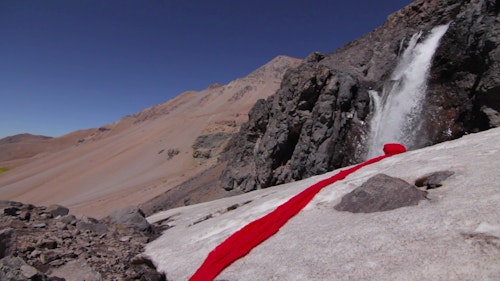Cecilia Vicuña Selected video works
As an online extension of Cecilia Vicuña’s inaugural exhibition at the gallery, Arch Future (5 June–2 August 2025), this selection of video works highlights the artist's long career as a filmmaker. Often combining poetry, visual art, ritual, sound, and activism, Vicuña’s formally innovative films transcend traditional genres, occupying a central place in her interdisciplinary practice. The exhibition presents a selection of four films, tracing the evolution of her distinctive cinematic language over nearly four decades, during which she has created a total of over sixty films. The films selected for the exhibition range from some of her earliest works from the 1980s to more recent productions, spanning formats including animation and documentary.
This online exhibition ended on 23 August 2025.



